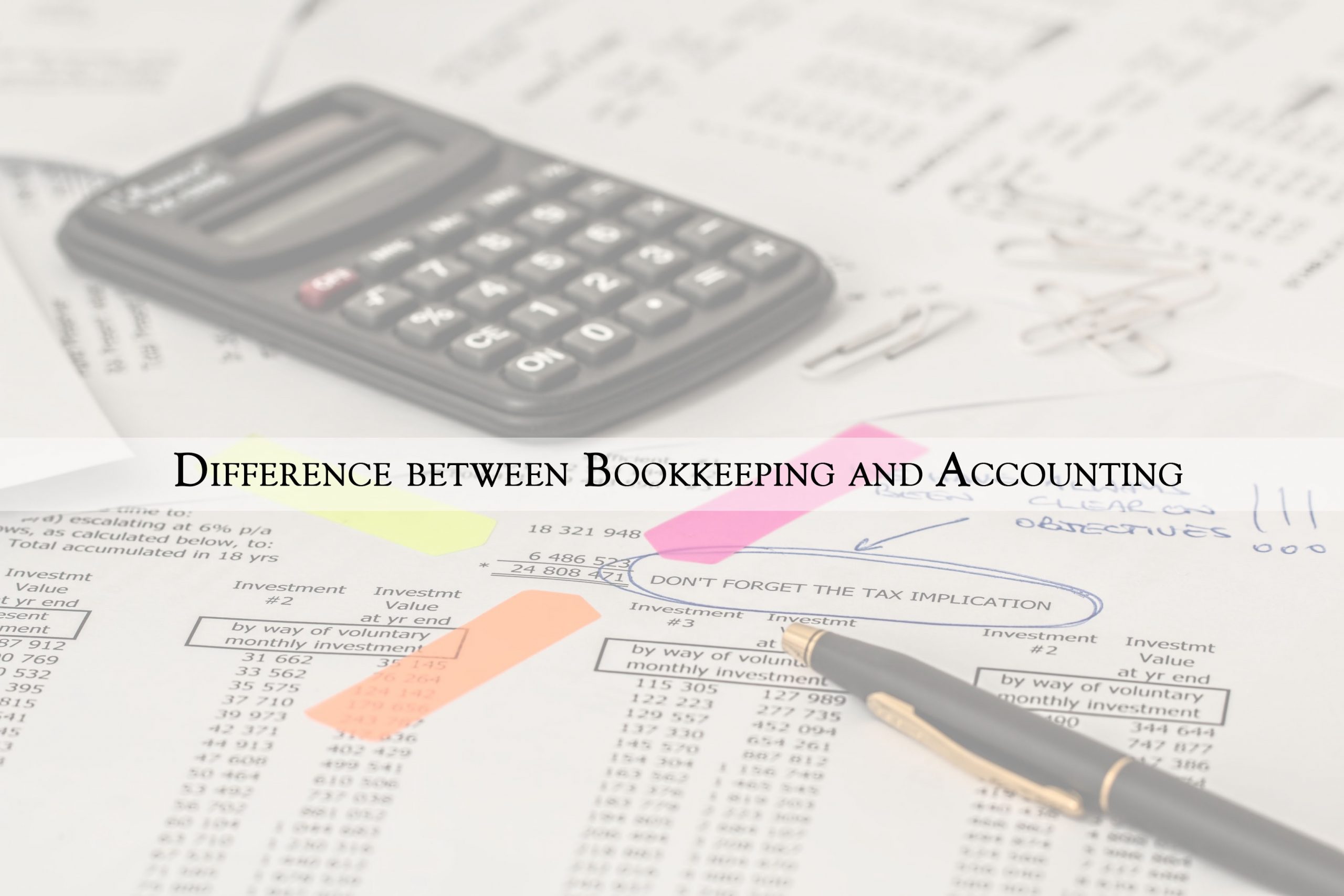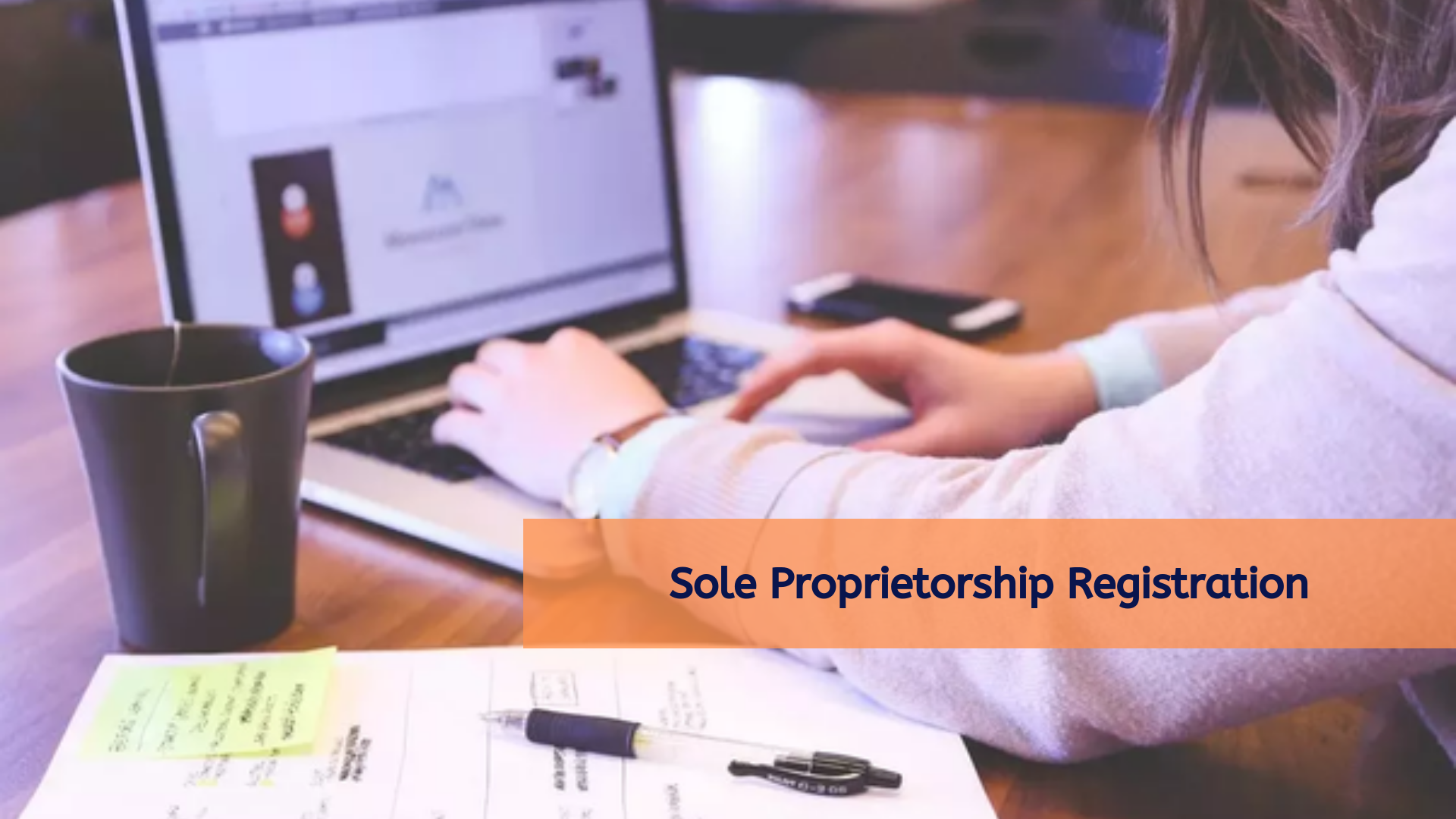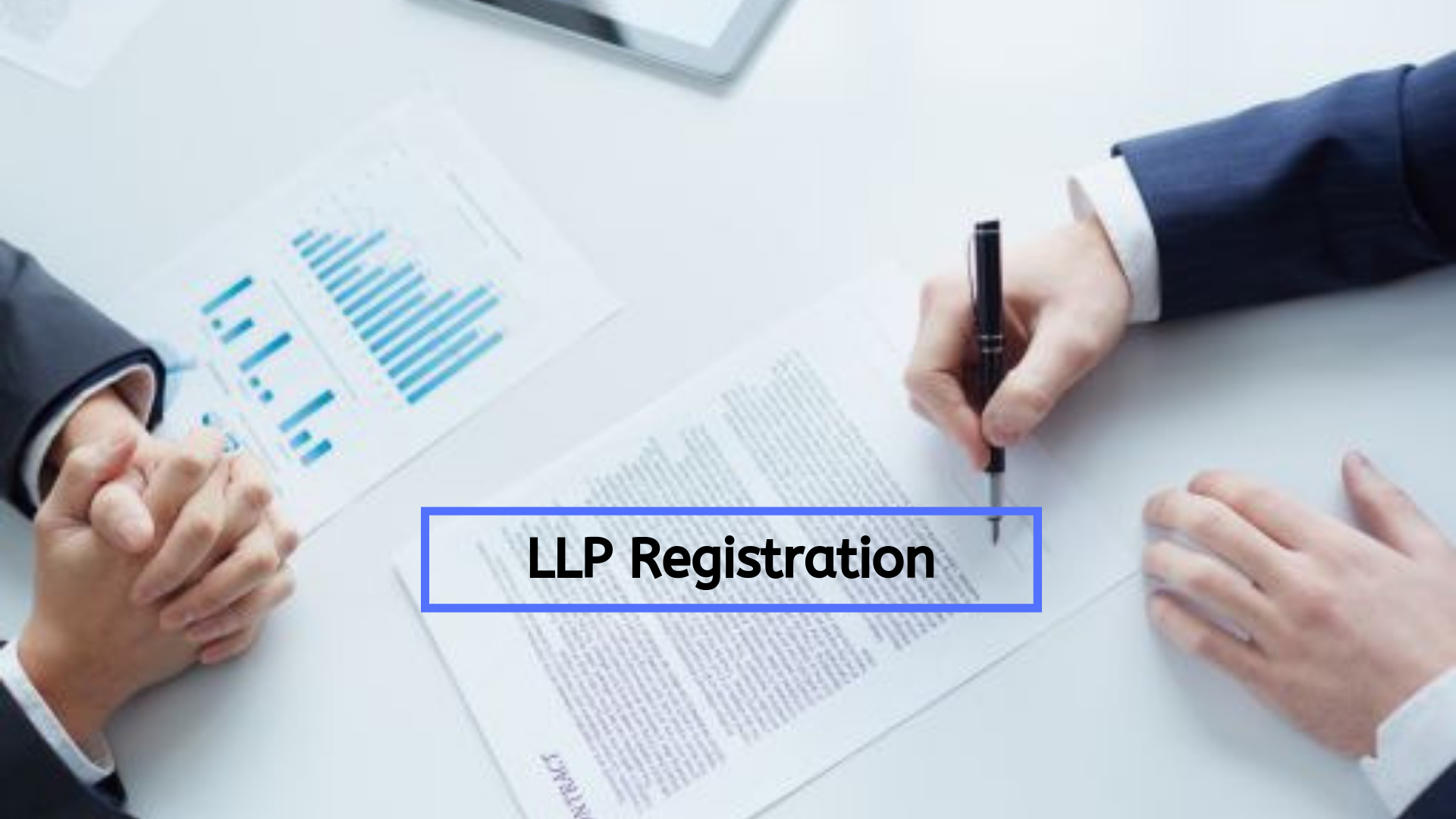A partnership is an agreement between partners to start a business. One of the biggest disadvantages of a general partnership firm was the unlimited liability of all its partners. This meant that the partners were legally responsible for all acts of the firm which put their personal assets at risk. This risk is mitigated in a Limited Liability Partnership or LLP. An LLP also offered a wide range of benefits over the traditional partnership firms making it a preferred choice for most small and medium businesses. These benefits incited interest among the existing partnerships to convert their firms into an LLP. Today, we are going to explain the process for the conversion of a partnership firm into an LLP.

Why convert a partnership firm into an LLP?
Here are some primary reasons that are encouraging the general partnership firms to convert to LLPs:
- Limited Liability – The obvious benefit. One of the biggest disadvantages of a general partnership is the liability of all partners to the creditors of the firm. The liability is unlimited. In an LLP, the liability of every partner is limited to the extent of his/her contribution to the firm.
- Separate Legal Entity – Unlike a general partnership, an LLP is a separate legal entity. Hence, its existence does not depend on that of the partners. This gives the LLP perpetual existence – partners might come and go but the LLP’s existence is not affected.
- Number of partners – In a general partnership, the minimum and maximum limits on the number of partners is 2-50. However, in an LLP, there is no limit on the maximum number of partners.
- Easy access to credit – Being a separate legal entity and demarked assets and liabilities from that of the partners, an LLP can get access to credit much easier as compared to a general partnership.
Conversion of a Partnership firm into a Limited Liability Company
The IInd Schedule of the LLP Act, 2008, governs the process of this conversion. One of the primary requirements of the conversion is that the LLP must have the same partners as in the partnership firm. You cannot increase or decrease the number of partners while converting. If you have plans to add or remove partners, then you can either do it before or after converting to an LLP.
The Conversion Process
Here is a quick look at the process for conversion of a partnership firm to an LLP:
- Obtain a Digital Signature Certificate (DSC) for all partners.
- Obtain a Designated Partner Identification Number (DPIN) for all partners. At least 2 partners mandatorily need to be designated partners holding a DPIN for conversion.
- Apply for approval of the name of the LLP.
- File Form Fillip, Form 3, and Form 17 for converting your partnership firm into an LLP with the required documents (see below)
Documents
- Proof of address of the registered office
- Consent from all the partners in the firm for conversion into an LLP
- All the documents as required for incorporation of LLP
- A No Objection Certificate from the tax authorities
- A detailed list of all creditors along with consent from each one of them
- Copy of latest Income Tax Return
- Financial statements of the firm
Once you successfully file the forms along with the required documents, the Registrar verifies your application. On successful verification, he issues Certificate of Registration of the LLP to you. Also, this step transfers all the properties, assets, interests, rights, privileges, etc. of the firm to the LLP. Once you receive this certificate, you need to inform the Registrar of Firms about the conversion within 15 days.
Some things to know about converting a partnership firm into LLP
Any registration, permit, or license in the name of the partnership firm is not automatically transferred in the name of the LLP. Ensure that you make a list of all the changes that you might have to do post-conversion before you start the process.
Post-conversion, the partnership firm is considered dissolved and its name is removed from the Register of Firms.
Summing Up
The decision of converting your partnership firm into a limited liability partnership might seem logical but needs a lot of planning. This can ensure that your business runs seamlessly after the conversion. Weigh the pros and cons well and make a list of everything that you will have to change post-conversion. Seek professional assistance if required. Good Luck!











